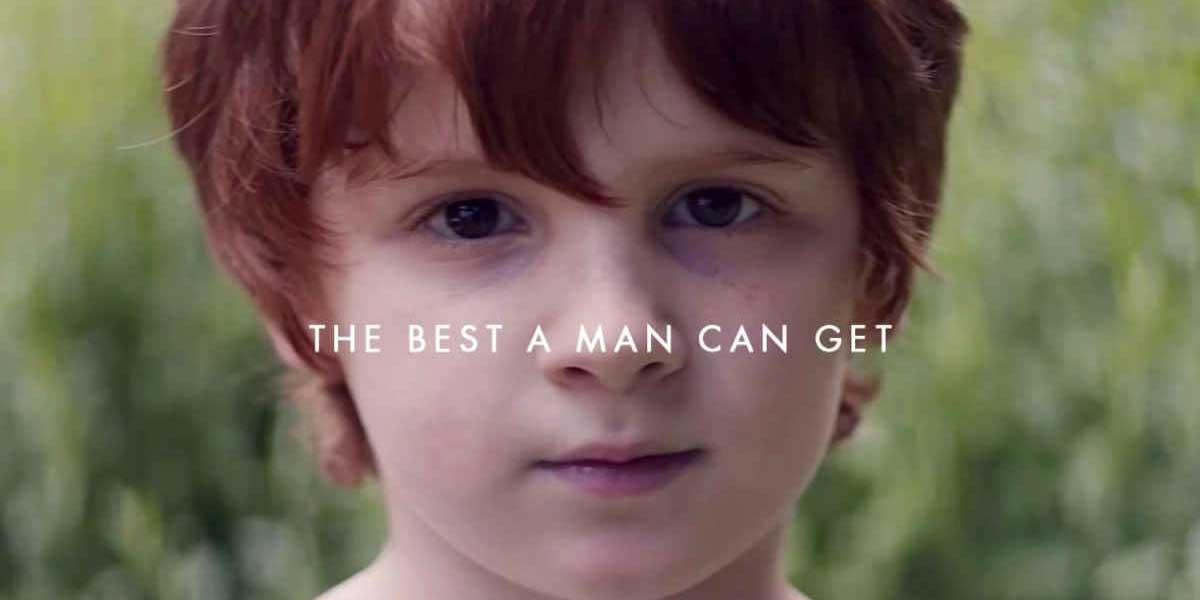
Giving consumers chances for real-life interactions is the future of brand marketing
We know from our research with many different brands that it is hard work to build connections with consumers. Phil Dance recently wrote about one way that brands can think about interacting with their audiences in a new article on MediaPost: by creating real-life experiences with increasingly isolated consumers.
What does this mean? It goes beyond shopping for the “greater good” (think Toms shoes or Bombas socks), and actually formulates opportunities for like-minded consumers to meet face-to-face in some capacity. One example he covers in the article is the Rapha Cycle Club, built around Rapha apparel where fans get together for cycling. This brand is creating opportunities for people to belong and go far beyond just interacting with a brand. They are interacting with one another.
Creating these human interactions isn’t only good for brands, but it is creating necessary human interaction that actually increases human longevity. In recent research by Julianne Holt-Lunstad, the top two predictors of living a long-life have nothing to do with diet or exercise and everything to do with your social life – close relationships and social integration. Online interactions are not the same as face-to-face. Face-to-face interactions release oxytocin, a happiness hormone, and as dopamine is generated a person feels naturally high. However, the level of oxytocin released in online interaction – even Facetime and Skype – is significantly lower and does not have the same effect. This is very problematic as we spend more and more time online isolated from genuine human interaction.
Phil writes about ways to facilitate an approach to this type of marketing. Brands should:
- Avoid narcissism and bring the individual’s needs to the forefront
- Discover where the brand falls when it comes to aligning with these needs — going far beyond a set of hypothetical brand attributes
- Map where the brand falls within the multitude of opportunities to create a magnetic moment with the consumer
- Start to bring together consumer context, needs, and brand connection to capitalize on those opportunities
- Brands who understand the impact of consumer isolation and are actively enabling connections — real-life connections — among their consumer base are poised for success.
Read Phil’s complete article here: https://www.mediapost.com/publications/article/319672/brands-building-real-life-connections-with-increas.html
Thought Leadership Updates
Get updates in your email.






